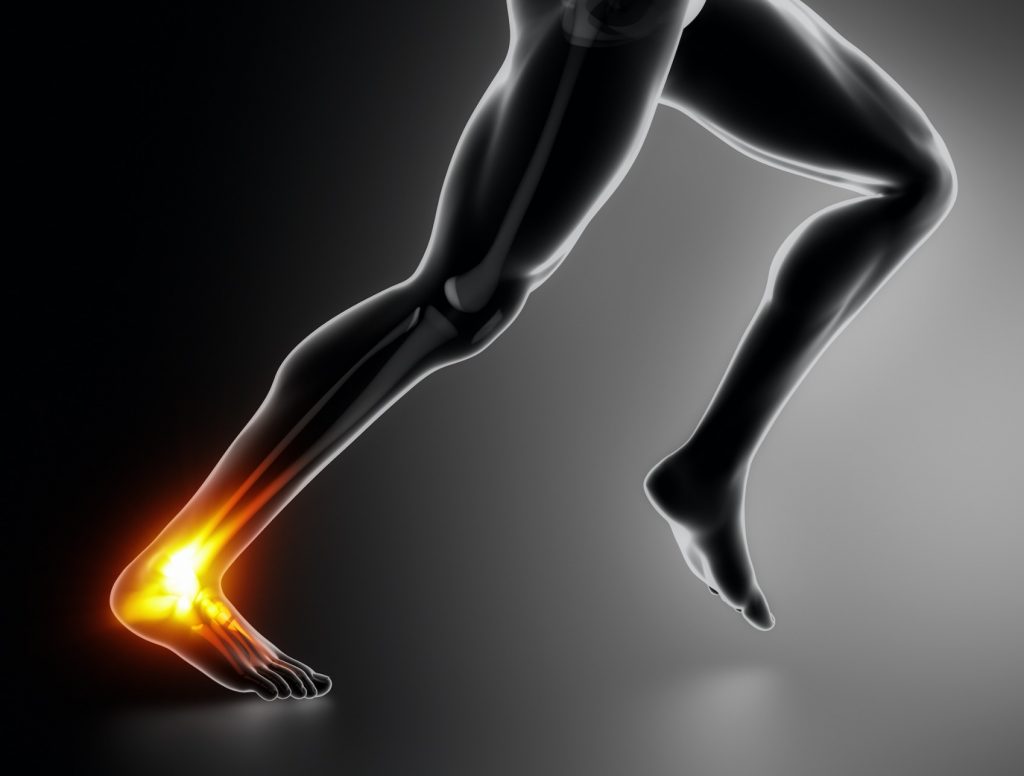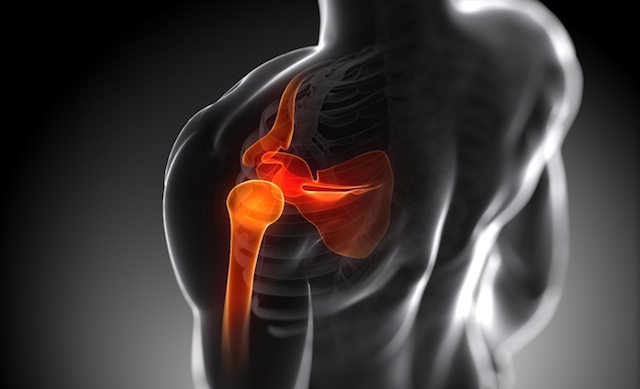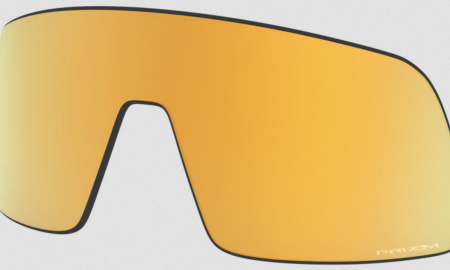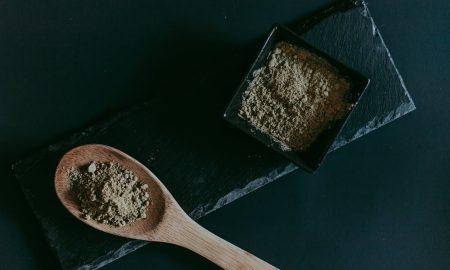
Tendinopathy is a disease of the tendon that causes a gradual onset of pain due to overuse. For athletes who love high intensity workouts, like CrossFit Games athletes, overuse of muscles can be quite common.
Initially, any pain on your legs during exercise will fade as your body begins to cool down. With tendinopathy however, the feeling of tenderness on the legs persists even after your workout.
The tendon attaches muscle to the bone, allowing movement of the joints. When you overwork the tendon, you are causing a gradual wear and tear, which can result to tendon injuries like tendinopathy.
Tendinopathy can occur in any tendons within your body. But the most common locations are in the tendon insertion, mid-tendon, and the musculotendinous junction.
Risk factors
Tendinopathy is one of the most common tendon disorder in people who lead an active lifestyle, and constantly engage in jumping sports and other high-impact activities. For CrossFitters and functional fitness athletes, movements like box jumps, double unders, running and olympic weightlifting can increase the chances of suffering from tendinopathy.Another widely recognized risk factor for the condition is an overload of the Achilles tendon, says Cameron Heise from Trained Physio & Fitness.
If you have high sugar levels, your tendon may become more susceptible to tear as the excess sugar in your blood speeds up the rate in which your body makes advanced glycation end products (AGEs).
In addition, studies have found a link between high body fat and tendinopathy. Obesity causes mechanical stress to the body as the muscles, joint, and tendon have to bear the excess weight. As a result, tendon injuries such as tendinopathy can develop.
Symptoms of tendinopathy
Tendinopathy typically causes loss of muscle strength, and stiffness in the affected area. Other symptoms of the condition include:
- Pain that worsens when you use the tendon
- Tenderness in the affected area
- Mild swelling and redness
- Aches that become more intense at night, or when you get up in the morning
- A crunchy feeling when you use your tendon
How is the condition diagnosed?
To come up with a proper diagnosis of the condition, your trusted physiotherapist will ask about your current health condition, as well as your medical history. After which, you will be asked about the symptoms you are experiencing, and what exercise program you were doing before the symptoms appeared.
Your physiotherapist will also perform a thorough physical examination before providing you with early treatment options. Depending on the result of your consultation, you may have to undergo other tests such as ultrasound or MRI scan.
How do you treat tendinopathy?
There are various treatment options for tendinopathy, and depending on the severity of your pain, it can be managed with simple home remedies. However, you may have to undergo invasive treatments for more advanced stages of tendinopathy. Some early treatment to minimize pain associated with overuse tendinopathy include:
- Allowing the body to rest
- Reducing physical activities
- Applying cold compress one to two times every hour
- Elevating your feet to minimize swelling
- Doing gentle stretching
- Attending physiotherapy
How Physiotherapy Helps
During physiotherapy sessions, you will be guided to perform eccentric exercises to enhance tendon healing. The duration of your treatment will depend on how well your body responds to the manual manipulation that your physiotherapist will perform. It can take anywhere from a few weeks to a few months as you progress through various phases of rehabilitation.
One of the main goals of physiotherapy is to speed up the healing process and reduce the risk of recurrence. Your treatment will be divided into different phases, with the initial stages focused on relieving pain and other symptoms. The advanced stages of your rehabilitation will be about performing strengthening movements to get your body ready for returning to normal activities.
There are also now many great mobile health apps which can make it easier for you to stay on top of your therapy and injury treatment.
The rehabilitation of your tendon may be lengthy, but it is crucial that you remain patient throughout the process so you don’t have to go through all the steps over again.

















Follow Us